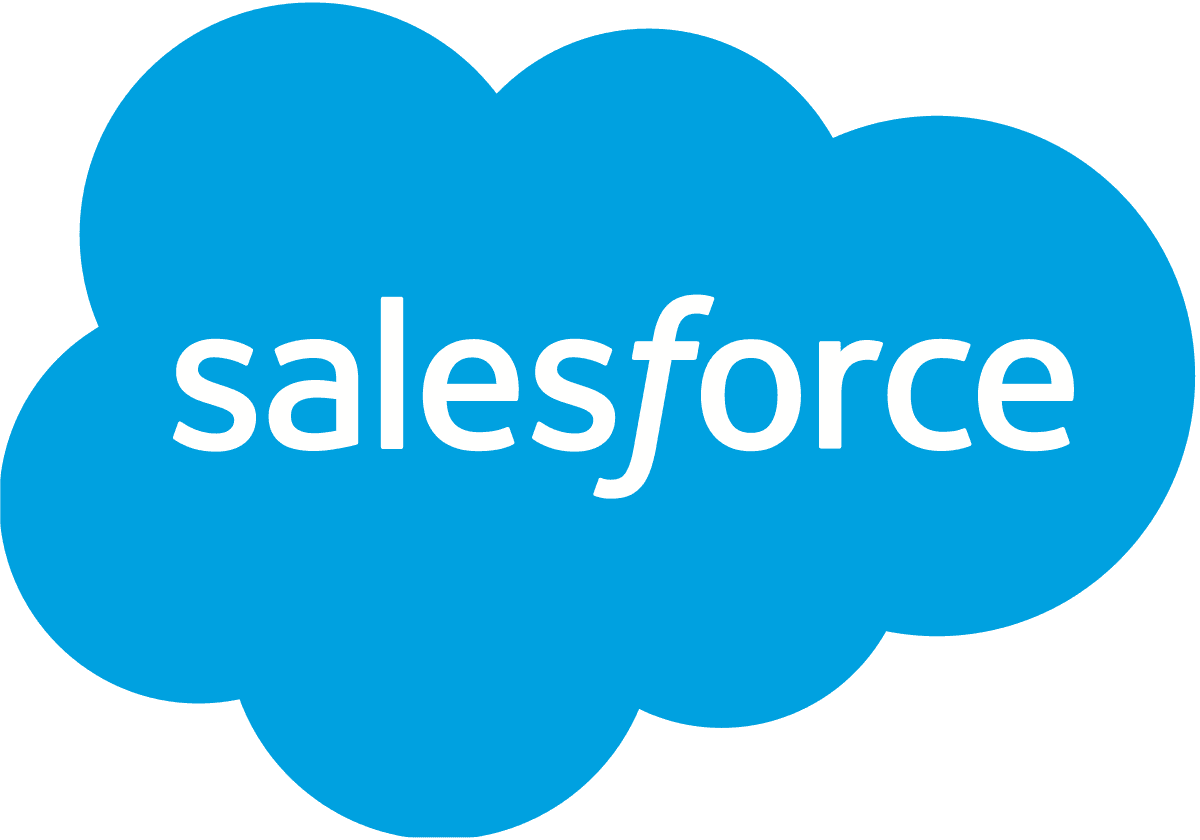Menu
Close
Menu
Close
Salesforce

Tools
Role
Research Methods
Year
Miro
Figma
Google Docs
Google Meet
UX Researcher
UX Writer
UX Designer
User Research/Interview
Usability Testing
2024
About
Designing a collection of interaction patterns that provide the customer with a personalized, context-aware, intelligent chatbot (Einstein Assistant) experience while guiding the customer through a personalized product discovery process on the Salesforce Website.
Project Goal
How might we design a human-centered AI chatbot experience for small businesses using the Salesforce website for the first time with specific focus on product discovery?
Chatbot Personality and Tone
Designing the chatbot’s personality and tone, basing them on how the customer seems to want to interact with the chatbot (with insights based on what web page the customer is currently visiting).
Characteristics
Sociable
Result-oriented
Curious
Engaging
Adventurous
Encouraging
Takes initiative
Identifying Problems and Creating a solution
Endless Scrolling: Timeline
How do we help users navigate through different sections within the lengthy chatbot conversation, and retrieve needed information more easily?
Users can keep track of chatbot conversation based on topics of entries. And jump to specific section to find relevant responses they need.
Ineffective Product Discovery: Suggestive Prompts, Product Comparison, Clarifying Questions
How might we simplify product discovery and recalling past interactions to ease decision-making?
How might we assist users in writing prompts to get the most relevant and accurate information?
Pushing to Contact Sales Repeatedly
How might we introduce agent support without disrupting the self-service experience?
How might we re-engage users during inactivity?
How might we design the chatbot to prompt users for clarification or elaboration?
Figma
Miro
Google Meet
Google Docs
2024
Year
About
Designing a collection of interaction patterns that provide the customer with a personalized, context-aware, intelligent chatbot (Einstein Assistant) experience while guiding the customer through a personalized product discovery process on the Salesforce Website.
How might we design a human-centered AI chatbot experience for small businesses using the Salesforce website for the first time with specific focus on product discovery?
Project Goal
Salesforce
Salesforce


Tools
Tools
Role
UX Researcher
UX Writer
UX Designer
User Research/Interview
Usability Testing
Research Methods
Characteristics
Sociable, Result-oriented, Curious, Engaging, Adventurous, Encouraging, Takes initiative
How do we help users navigate through different sections within the lengthy chatbot conversation, and retrieve needed information more easily?
Users can keep track of chatbot conversation based on topics of entries. And jump to specific section to find relevant responses they need.
Endless Scrolling: Timeline
Identifying Problems and Creating a solution
Designing the chatbot’s personality and tone, basing them on how the customer seems to want to interact with the chatbot (with insights based on what web page the customer is currently visiting).
Pushing to Contact Sales Repeatedly
Chatbot Personality and Tone
How might we introduce agent support without disrupting the self-service experience?
How might we re-engage users during inactivity?
How might we design the chatbot to prompt users for clarification or elaboration?







